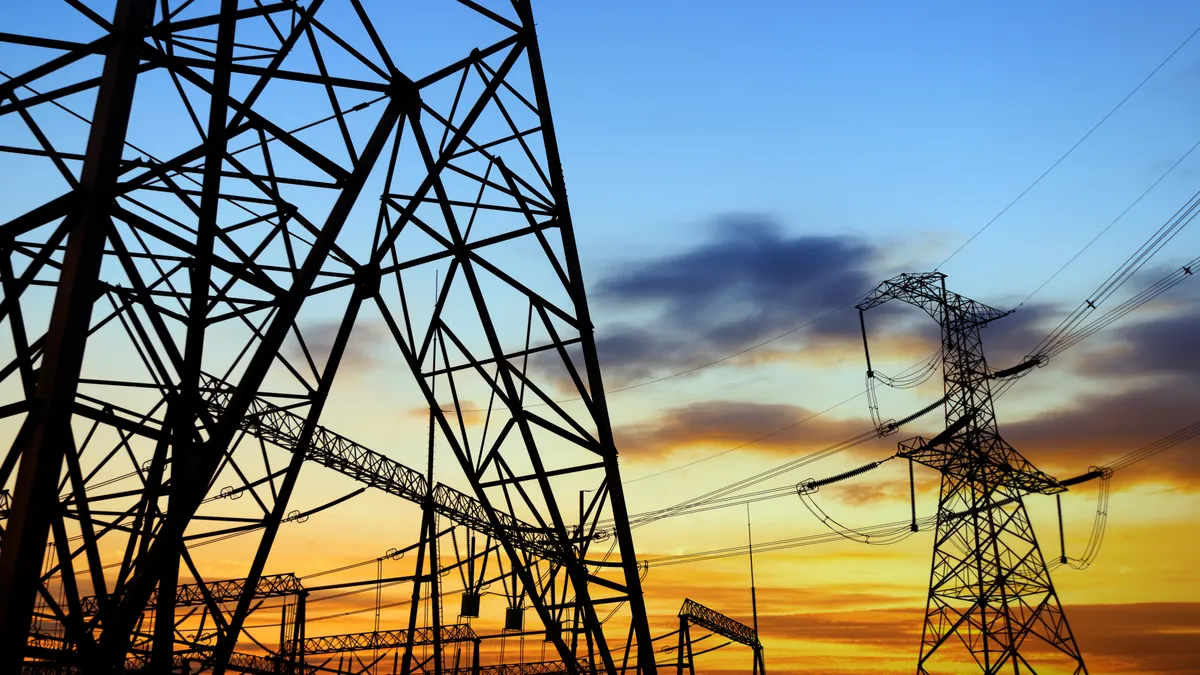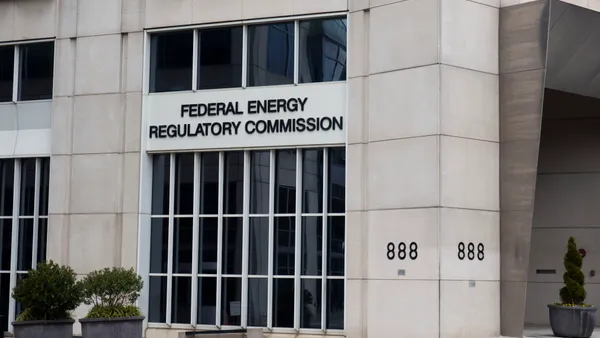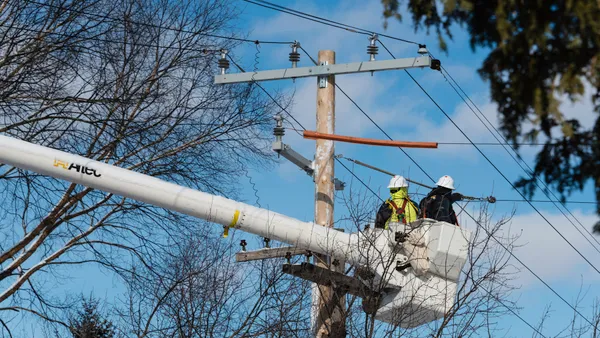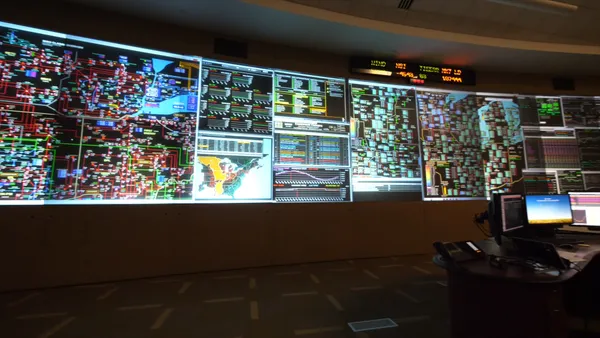It's no longer a question of whether the utility sector is undergoing a transformation.
While sector analysts and insiders debated for years if the traditional utility business model would have to change in the 21st century, that discussion appears to be all but over. Replacing it are two other questions — what will it become, and how can utilities get there?
That's the one overarching theme of Utility Dive’s third annual State of the Electric Utility report: Utility insiders know their business models need to change, but just what their business models will look like in the future and the specific steps it will take to get there remain up for debate.
From late December 2015 through early January 2016, Utility Dive surveyed over 500 employees from utilities throughout the United States. While respondents to our survey widely acknowledge the power sector will likely need to decarbonize and pursue new revenue streams in the future, views on which investments to make, which business model reforms to attempt and which regulatory regimes are best varied considerably depending on utility size, type and region.
A full, free copy of the report is available here. Here's a taste of some of the survey's key findings:
Business model changes
Nearly all the respondents to the Utility Dive survey think they need to change their utility's business model somehow, but when it came to the biggest obstacle to business model evolution, responses were more varied. Above all other options, respondents said their existing regulatory model is holding back their business model transition, followed by the integration of emerging technologies and internal resistance to change.
Pressing challenges
With the dual challenges of sustainability and a more distributed grid, the dynamics of the electric power sector today are unlike at any other point in the industry's history. Even so, utility respondents to the survey this year named three legacy issues — the aging workforce, their regulatory model and aging infrastructure — as the most pressing challenges to their businesses today. More contemporary power sector challenges — such as Clean Power Plan compliance or integrating renewables — ranked lower among respondents. It appears that while the new dynamics of the power sector are creating new challenges for utilities, respondents are more concerned with how these challenges are exacerbating legacy issues that the sector has dealt with for generations.
New opportunities
While the vast majority of utilities still make money predominantly in the traditional way — rate basing capital investments and earning a return — stagnant load growth, DER proliferation and regulatory pressures are encouraging them to look at new revenue streams. Offered a number of choices, the most popular emerging revenue streams were efficiency programs, community solar, and electric vehicle charging infrastructure
Those emerging revenue opportunities corresponded with responses about utility investment opportunities. While respondents indicated their companies are most invested today in utility-scale renewables, demand-side management, distributed generation and natural gas plants, their preferences for investments in the future were a bit different, with energy storage a clear winner:
Power mix
With utilities investing more in clean energy technologies and being pushed by regulations and climate change to decarbonize their grids, utility respondents expect their power mixes will look very different in the future. Nearly all were bullish about utility-scale renewables and distributed generation, along with natural gas. Most utilities anticipate nuclear power will hold steady for the next few years, while coal and oil generation are expected to fall further, mirroring industry trends.
More in the report
Responses on business model challenges, new opportunities and the changing utility power mix only scratch the surface of the trove of findings and analysis available in Utility Dive's State of the Electric Utility 2016 report. Just as we found in the 2015 edition of the survey, utility respondents are eager to develop new business models, explore new regulatory models, and integrate emerging technologies into power delivery and customer engagement.
While utility methods and immediate aims differ, the central narrative for the sector over the next few years appears to be devising techniques to decarbonize electricity in the U.S. while maintaining reliability and minimizing cost to consumers. Through all the regulatory reforms, new product offerings and market changes, that narrative applies to utility respondents from coast to coast. While utility executives aren't necessarily sure what their business model will be in the future, nearly all think it will be different, and cleaner, than it is today.












